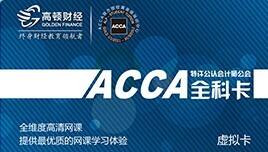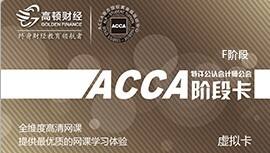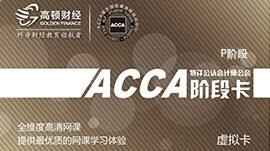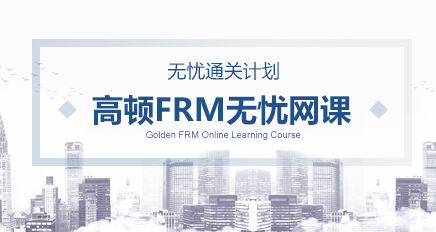高顿名师解析2013年ACCA考试F5业绩管理知识点4
Methodology of Target costing
- Relevant to paper F5
Target costing is one of the key costing methods in F5 performance measurement and in modern business environment.
As an industry becomes mature, the basis of competition typically moves to price. Profit margins shrink. Companies begin focusing on cost reduction. Therefore, companies begin to realize that the majority of a product's costs are committed based on decisions made during the development of a product, the focus shifts to actions that can be taken during the product development phase.

Step 2. Determine the target cost
Subtract from the prospective product price a gross margin that must be earned on the product. By subtracting the required margin from the expected price, we arrive at the maximum amount that the product can cost - Target Cost
There usually will be a difference between target cost and the actual cost to be incurred in the current situation in real life. This difference is called cost gap.
Step 3. Close cost gap.
Close coat gap is to drive down the cost of the product until it meets its overall cost target.
² The concept of value engineering (or value analysis) can be important. value engineering may requires considerable attention to the elimination of production functions, a product design that is cheaper to manufacture, a planned reduction of product durability in order to cut costs, a reduced number of product features, less expensive component parts, and so on – in short, any activity that will lead to a reduced product cost. A standard procedure is to force the team to come within a set percentage of its cost target at various milestones (such as being within 12% of the target after three months of design work, 6% after four months, and on target after five months); if the team cannot meet increasingly tighter costing targets, then the project is cancelled.
² Reduce indirect cost is another helpful direction. Since a significant portion of a product's costs (typically 30-50%) are indirect, these costs must also be addressed. The enterprise must examine these costs, re-engineer indirect business processes, and minimize non-value-added costs. But in addition to these steps, development personnel generally lack an understanding of the relationship of these costs to the product and process design decisions that they make. Use of activity-based costing and an understanding of the organization's cost drivers can provide a basis for understanding how design decisions impact indirect costs and, as a result, allow their avoidance
² Activity-based costing can also play an important part in target costing.
By understanding the cost drivers (cost causers) a company can provide a basis for understanding how design decisions impact indirect costs and, as a result, allow their avoidance, hence to achieve better control of its costs. For example, costs could be driven down by increasing batch size, or reducing the number of components that have to be handled by stores.
Step 3. Follow-on activities.
Once these design steps have been completed and a product has met its targeted cost level, the target costing effort is shifted into a different activity, which is follow-on activities that will reduce costs even further after the product has entered its production phase. This final step is used to create some excess gross margin over time, which allows the company to reduce the price of the product to respond to presumed increases in the level of competition. The sources of these cost reductions can be either through planned supplier cost reductions or through waste reductions in the production process (known as kaizen costing).
Prepared by Golden ACCA R&D Center
April, 2012

相关阅读
高顿名师解析2013年ACCA考试F5业绩管理知识点22013/02/18
高顿名师解析2013年ACCA考试F5业绩管理知识点2013/02/18
高顿名师解析2013年ACCA考试F7/P2知识点22013/01/18

















